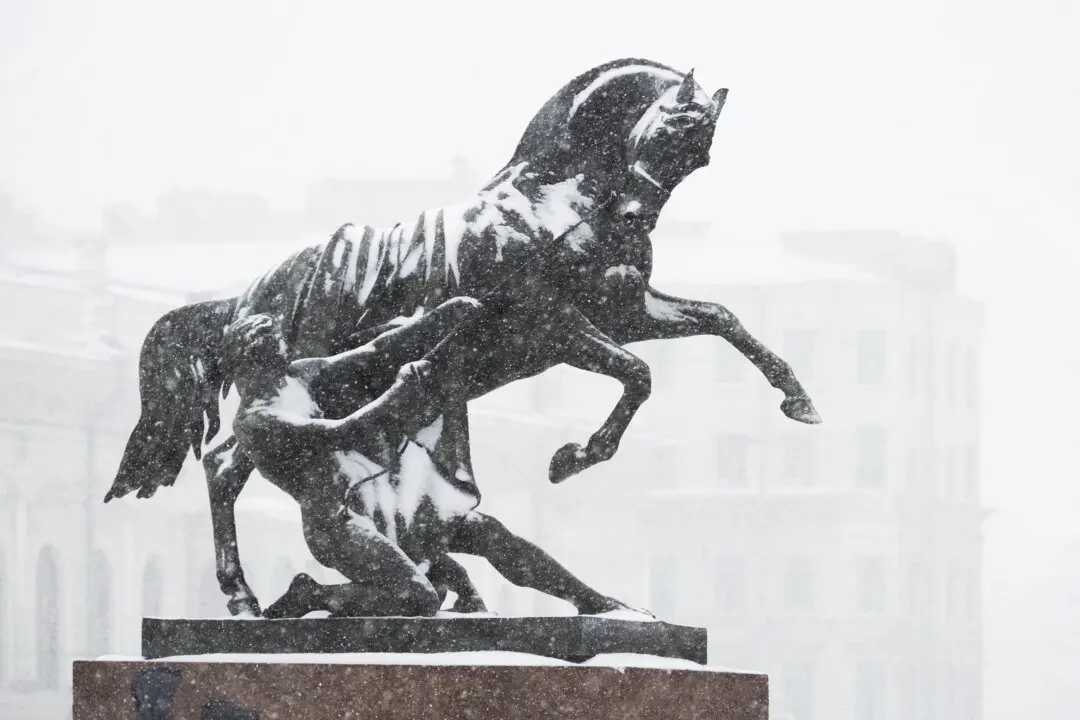On March 21, 1748, former Royal Navy serviceman and ship worker John Newton prayed for the first time in many years, as his boat was tossed around by a violent, sudden storm off the coast of Ireland. After surviving the bad weather and making it to shore, though he had led a life thus far that abstained from religion, he committed himself to Christianity right then and there.
Each subsequent year, he’d spend the day of March 21 in deep spiritual reflection. He also spent some time studying theology and experienced a resounding moral renaissance.





